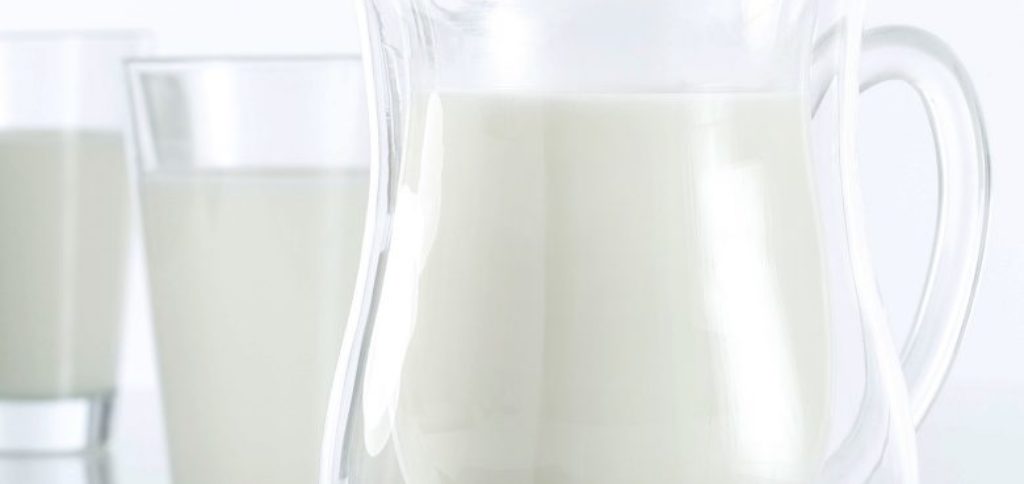Regional and sustainable milk: Marketing and reality

If you ask consumers whether they prefer food that is produced sustainably or ecologically, the answer is usually “yes”. Right now the trend is even stronger when it comes to the closely related topic of regionality. The majority of buyers said that they buy regional food on a regular basis and even pay more for it. However, figures from the retail sector only support this claim to an extent.
According to a survey recently presented by the renowned market research company Mintel, 51 percent of Germans prefer milk that comes from their own region. 72 percent of those surveyed want more information about origin and production. And 68 percent would at least try milk from cows that only get staple feed and grain.
Regional foods: Preference and reality
It all sounds very sustainable and ecological—and appears to be a great opportunity for the milk industry and its marketing specialists. Our relationship to regionality and sustainability is probably just starting to change now—and it will continue to change even more in the future as more suitable products become available. After all, 22 percent of new types of milk introduced in Germany in 2016 had information regarding animal protection on their labels. But in the past, marketing never really managed to prevail on the market with regional products such as farm-fresh milk from the Alps.
Challenges and opportunities for production and marketing
To ensure that the range of products on the market is diverse enough in the first place, the industry must first overcome the challenges if faces in production and distribution. In many cases, producers of fresh dairy products in Germany are specialized and not evenly distributed regionally. That is why many suppliers can hardly meet potential demand for regional milk. In addition, the (generally still relatively small) share of raw milk that is processed to make regional products has to be processed, packaged and labeled separately. In actual practice, that is by all means a challenging task for process control technology and the MES (manufacturing execution system). Many of the exhibitors at drinktec will have appropriate answers to these challenges in production.
For its part, the retail sector is not yet set up very well for regionality, even though nearly all food retailers have addressed the topic as a central marketing argument: They increasingly recognize the relationship between regionality, sustainability and ecology and are trying to address the trend, but the range of products is usually still transparent. Of course, it also depends on how you define the term “regional”. After all, the issue here is not supplying all of Bavaria and Baden-Württemberg farm-fresh milk from the Alps.
Trends at drinktec
You can spin it any way you want. Extensive regionality is difficult to realize in a European market with open borders that is tailored to large sales quantities. Nevertheless, in the future it will be increasingly important to adapt to the most important market trends in production and marketing. Focus Day Milk at drinktec on September 15 and especially the presentation titled “Free-from and animal welfare: Challenges and opportunities for the dairy industry,” which starts at 10:00. The special show on “New Beverage Concepts” will offer plenty of new impetus for the milk industry on all five days of the fair.
